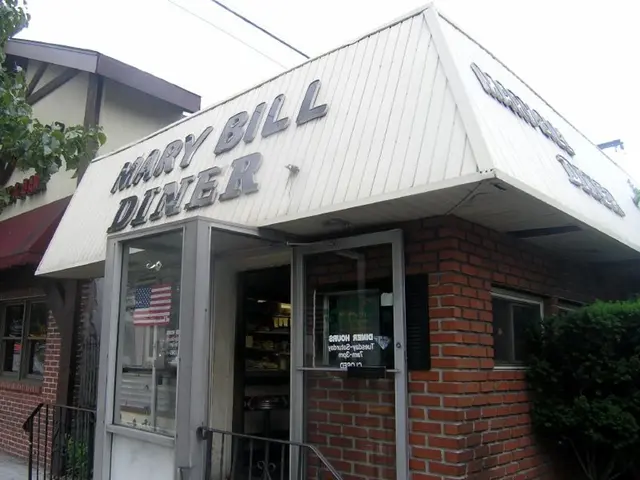Optimal Fertilizing of Outdoor Vegetation: Indispensable Timeframes for Robust Development
Garden Fertilization: A Comprehensive Guide for Successful Plant Growth
A well-nurtured garden thrives with the right care and attention, and fertilization plays a crucial role in this process. Here, we outline the key practices for fertilizing garden plants to ensure a bountiful harvest.
Timing is Essential
Fertilize your plants at planting and then regularly during the active growing season. Typically, vegetables benefit from fertilization every 3–4 weeks in the ground, every 2–3 weeks in raised beds, and every 10–14 days in containers. Midseason boosts can also be effective, with crops responding within two weeks of fertilizing.
Choose the Right Technique
Incorporate fertilizers into the soil before planting to improve nutrient availability. Side-dressing applies fertilizer alongside plants during growth when nutrient demand is high. Broadcasting spreads granular fertilizer evenly over soil, suitable for large areas but requires calibrated equipment for even application. Foliar feeding sprays diluted fertilizer on leaves for rapid micronutrient uptake, used for deficiencies but not a substitute for soil fertilization. Drip irrigation delivers liquid fertilizers directly to plant roots efficiently, reducing nutrient loss and ideal for high-value crops.
Select the Right Fertilizer
Begin by performing a soil test to determine pH, nutrient deficiencies, and soil conditions. This guides fertilizer choice and prevents under- or over-fertilizing. Match fertilizer type to plant preferences: acid-loving plants need fertilizers that lower soil pH with ammonium nitrogen, while high-demand vegetables benefit from balanced or high-phosphorus fertilizers. Choose organic fertilizers for long-term soil health and slow nutrient release, or synthetic fertilizers for quick nutrient boosts depending on your goals. Consider soil type: sandy soils require more frequent, lighter feedings due to nutrient leaching; clay soils need fewer applications but benefit from organic amendments; loamy soils are ideal with biweekly feeding.
Organic Fertilizers and Watering Tips
Organic fertilizers like bone meal or cottonseed meal feed both the plants and the soil. Granular fertilizers provide slow, steady nutrient release and are ideal for general garden use. Most vegetables require 1-2 inches of water weekly. Liquid fertilizers are quickly absorbed and perfect for rapid growth spurt needs.
Pest Control
Neem oil and ladybugs are effective for pest control, ensuring a healthy and thriving garden.
To supplement the nutrient requirements of your plants, select an appropriate fertilizer based on factors such as soil pH, plant preferences, and soil type. Organic fertilizers like bone meal or cottonseed meal can provide both the plants and the soil with continuous nourishment. Meanwhile, engage in regular gardening activities that include home-and-garden practices like fertilization, which ultimately contributes to the overall lifestyle of maintaining a vibrant home-and-garden environment.




